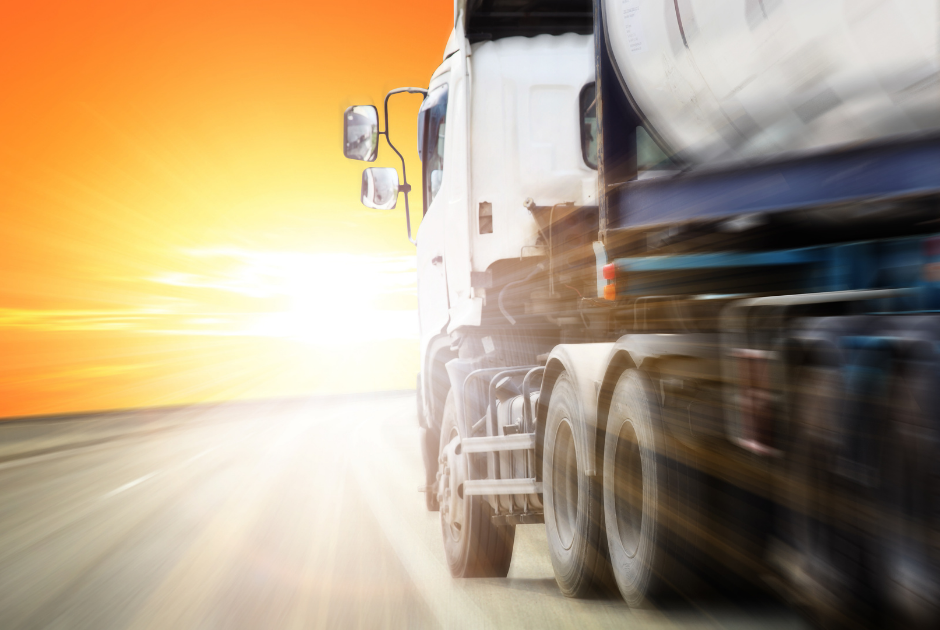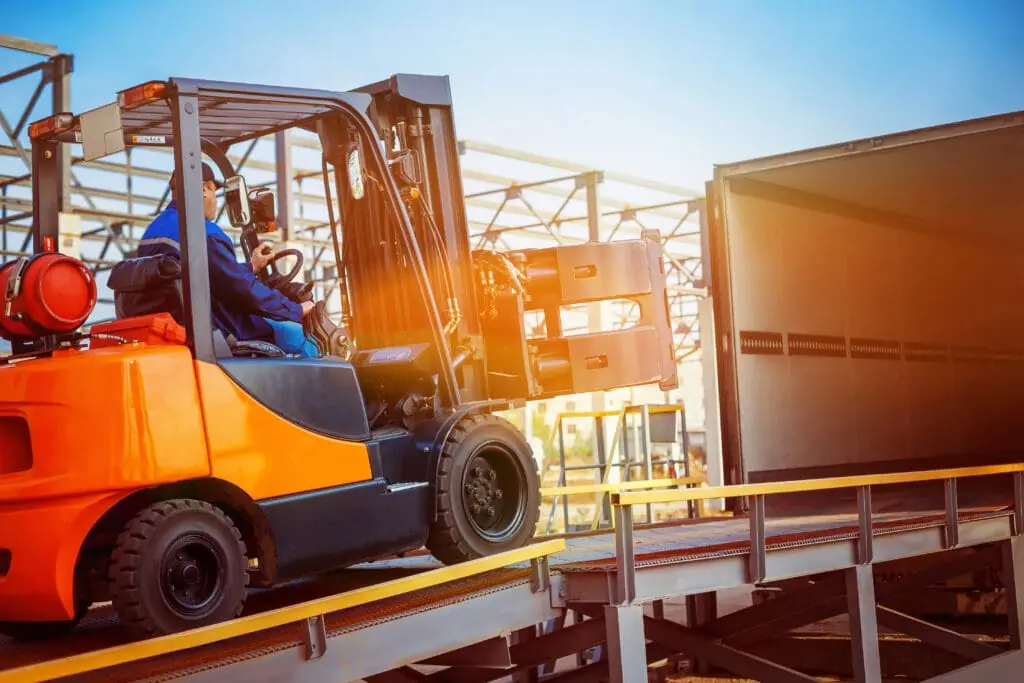By Johnny Andon, Global Regulatory Affairs Manager
In today’s global society, the movement of materials from one location to another is an everyday occurrence. But in the same way that goods need to make it to their destination to keep businesses going, they must do so in a way that is both safe and environmentally conscious.
X-Press Pearl Disaster
No better example of the seriousness of the matter exists than the recent environmental disaster caused by the X-Press Pearl vessel off the coast of Sri Lanka which, among other things, released more than 25 metric tons of the corrosive liquid nitric acid into the ocean after a fire and subsequent explosion sank the vessel. Investigations are still ongoing as to what exactly led to the fire; however, it has been determined that a leak in one of the nitric acid containers was one of the contributing factors.
Transportation Information in Safety Data Sheets
Section 14 of the Safety Data Sheet (SDS) is reserved for Transportation Information. SDS Section 14 is meant to provide guidance on the proper classification of the product for shipping and transportation purposes.
Safety Data Sheets (SDSs), in general, play a crucial role in dangerous goods transportation. Manufacturers, suppliers, and distributors use SDSs to supply comprehensive information about the hazards associated with certain transported products. SDSs include details on the proper handling, storage, and transportation requirements for these goods, ensuring compliance with regulations such as the UN Recommendations on the Transport of Dangerous Goods and regulations assigned from certain jurisdictions like the US, Canada, China, and the EU.
SDSs also specify the appropriate packaging, labeling, and emergency response procedures for dangerous goods, helping to minimize risks and ensure safety during transportation.
What Is a UN Number for Shipping?
Before a company ships a dangerous good, they are required to determine the appropriate UN number – sometimes called dangerous number – that will go on the label identifying the container. This 4-digit number is unique to a dangerous good and will provide, among other things, guidance on the proper shipping material of the product along with specifications on which segregation group the product is in. The correct determination of the UN number is critical to avoid catastrophes like that of the X-Press Pearl.
The Importance of the UN Number
It is unclear why the nitric acid in the X-Press Pearl began to leak. However, the appropriate UN number for the nitric acid mixtures should have recommended the use of a proper shipping container such as stainless steel due to its inherent corrosion resistance. It is also recommended to deaerate the container every so often to avoid an increase in the pressure build-up which also could have caused it to start leaking. It is unclear if the crew of the vessel was provided with these instructions or if perhaps the nitric acid was packaged in an incorrect material which would have caused the leak to occur. Once the nitric acid began to leak, surrounding materials would have surely contaminated the container and caused the nitric acid to pressurize and potentially explode. Investigations are also underway as to whether the containers in the vessel were segregated according to their hazards and associated UN numbers. Dangerous goods that could react with one another might have been stored in proximity which might have exacerbated the disaster.
It is important to note that transportation guidelines differ from those of the Globally Harmonized System (GHS). Therefore, it is important to conduct one’s due diligence to ensure that hazardous products are not improperly labeled or packaged, which could result in the type of disaster explained above or in hefty fines for violating dangerous goods transportation laws.
TotalSDS has a team of Regulatory Compliance Specialists trained in the transportation of dangerous goods by multiple modes, including the determination of the proper UN numbers, packing groups, and marine pollutants. Contact TotalSDS to find out how we can help with the compilation of Section 14 and SDS creation.
Using TotalSDS for Authoring Safety Data Sheets for Transportation of Dangerous Goods
When shipping or transporting dangerous goods, a product safety data sheet (SDS) is required by law to be provided. As outlined, the SDS provides guidance to help workers who handle these products become familiar with the materials and also prevent mishandling. TotalSDS helps companies with creation of SDS to help with dangerous goods transportation compliance, hazard communication regulations and global chemical legislation. We’re here to help. Schedule a demo to view our simplified SDS authoring software.



